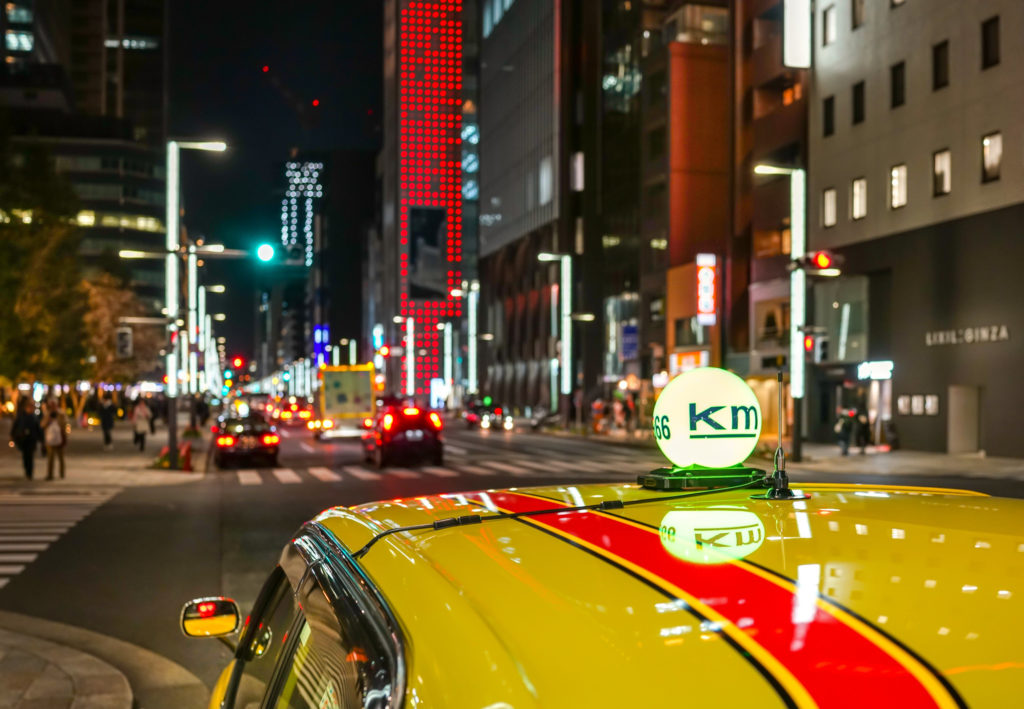
Off the Beaten Path in Tokyo: The Many Facets of Ginza
To live in a country other than your own, to learn as much as you can about its culture, language, and people, to literally immerse yourself, is to be one with what surrounds you.
Ginza is one of the upscale districts in Tokyo, Japan. Like New York’s 5th Avenue, it’s where the most expensive shops are. Here, ogling at the merchandise would best describe any normal person’s expression . . . . unless you are Paris Hilton!
Ginza contains a frenzy of upscale department stores, boutiques, cafes, and restaurants. Several prominent western designer shops such as Dior, Louis Vuitton, and Chanel line the streets, as well as Sony’s tech hub and the Apple Store.
Ginza is named after a silver-coin mint that operated in the area during the Edo Period in 1612. The place became a symbol of modernization by the Meiji government after the Tsukiji area was hit by a devastating fire in 1872. Ginza housed many important government buildings, wider streets leading to the Shimbashi Station, and many fireproof buildings.
The Ginza area was designed by Thomas Waters, a renowned British architect-engineer. His iconic architecture is known as Renga-gai (bricktown or brick street). The historic Hattori Clock Tower (built by the founder of Seiko, Kintarō Hattori) and the Wakō building are Ginza landmarks.
The Other Side of Ginza
There’s more to see in Ginza than all the tourist attractions. The back streets tell an entirely different story. In the narrow alleyways, more welcoming than the firmly upscale main streets, the true charms of the Japanese culture are reflected. Paper lanterns light up the streets, traditional restaurants are plentiful, and discovering quaint little shops that won’t gouge a hole in your pocket is a joy.


